
Fascinating Phyllo
Story and Photo : FÜSUN ATALAY ~ Copyright © 2004
Almost every ethnic group whose ancestry goes back to the Middle East has a claim of its own on the scrumptious pastry known as baklava. Although the exact origin of baklava is not known, it is widely believed that the Assyrians of the 8th century were the first people to put together a primitive version of this treat, which was baked only on special occasions.
Greek seamen and merchants travelling east to Mesopotamia discovered and introduced the delights of baklava to Athens. The Greeks’ major contribution to the development of this pastry was the creation of a technique that made it possible to roll the dough as thin as a leaf, compared to the rough, bread-like texture of the Assyrian version. In fact, the name “Phyllo” was coined by the Greeks — it means “leaf.”
As their kingdom was located on ancient spice and silk routes, Armenians integrated cinnamon and cloves into the texture of baklava for the first time. The Arabs introduced the rose-water and cardamom. Thus, the taste of baklava evolved, with subtle nuances, as the recipe started travelling across borders.
To the north of its birthplace, baklava was being baked and served in the palaces of the ancient Persian kingdom. To the west, it was baked in the kitchens of the wealthy Roman mansions and, later, in the kitchens of the Byzantine Empire until the fall of the latter in the 15th century.
In 1453 AD, Ottomans invaded Constantinople and expanded their eastern territories to cover most of ancient Assyrian lands. For 400 years, from the 16th century until the decline of Ottoman Empire in the 19th century, the kitchens of the Imperial Ottoman Palace in Istanbul became the ultimate culinary hub of the empire. Artisans and craftsmen of all guilds, as well as bakers, cooks and pastry chefs were recruited from various ethnic groups that made up the empire.
By the 18th century, there wasn’t much left to add to baklava, as it had been perfected in both taste and texture. The culinary attention, thus, was turned to the shaping and presentation of this delightful pastry.
Until the mid-19th century, baklava was considered a food for the wealthy. Towards the end of the 19th century, small pastry shops started to appear in Istanbul to cater to the middle class, but the Ottoman Palace has always remained the top culinary “academy” of the empire, until its end in 1923 has been the top choice of pastry for Turkish Sultans with their large harems, as well as for the wealthy and their families. A reason for its popularity may be that two major ingredients, walnuts and honey, were believed to be aphrodisiacs when they were taken regularly. Certain spices added to baklava, such as cinnamon, cardamom and cloves, have also been credited with fine-tuning and augmenting the aphrodisiac characteristics of the pastry.
As the empire began opening itself to Western cultural and culinary influences, the general manager of the Imperial Ottoman kitchen didn’t miss the opportunity to hire Monsieur Guillaume, a former pastry chef of Marie Antoinette. Guillaume, who had learned how to bake baklava while he was in exile at the Ottoman Turkish Palace, created the “dome” technique of cutting and folding the baklava squares. The dish was named Baklava Francaise after the nationality of its creator.
Today, many Eastern bakeries and pastry shops in North American metropolitans make or sell baklava, as well as other savoury pastries made with phyllo. Some remain true to tradition and use butter, whereas others have switched to margarine or oil as the fat of choice. But making your own pastry is not difficult.
Phyllo— sometimes also spelled “filo” — is found in the freezer sections of many supermarkets or specialty stores. The rest is as easy as sugar, butter and nuts.
Turkish Baklava
Turkish Baklava
1 package phyllo dough
1-1/2 cups melted, unsalted butter
2 cups walnuts, finely chopped
3 Tbsp. granulated sugar
syrup
1-1/2 cups water
2 cups granulated sugar
1 Tbsp. lemon juice
Be sure to thaw the phyllo thoroughly before working with it. It is important to keep the phyllo covered with the plastic wrap and damp towel to prevent it from drying out. If it dries out, it becomes brittle and difficult to work with.
In a saucepan, combine water with sugar and bring to a boil. Turn the heat down and simmer for 10 minutes. Add lemon juice, stir and set aside to cool completely.
Liberally butter the bottom and sides of a 13 x 9 x 2-inch baking pan. Place half of phyllo sheets in the pan, one at a time, brushing each with melted butter. Do not straighten them out but keep them rather crumbly. This creates air layers and makes the pastry more flaky. (Keep sheets covered with a clean, damp kitchen towel until just ready to use.)
Combine walnuts and remaining sugar; spread evenly over the phyllo in the pan. Cover with the remaining phyllo sheets, brushed with butter between each sheet.
Freeze unbaked pastry for 30 minute to facilitate cutting. Slice into diamond shapes.
Bake at 375 F for 25-30 minutes. Reduce oven to 300 degrees and bake about 20 minutes longer until the pastry takes on a light golden colour.
Remove from the oven and drizzle cooled syrup all over the hot pastry at once. Allow to cool. Baked baklava freezes very well. Bring to room temperature before serving.
~~~~~~~~~


















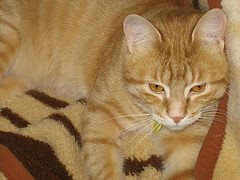

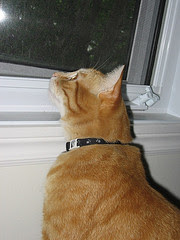












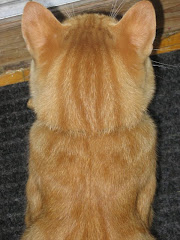
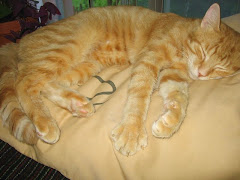
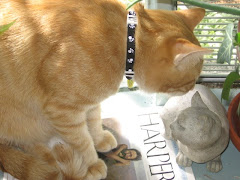

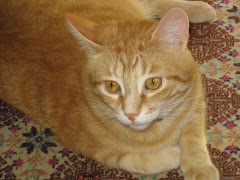


No comments:
Post a Comment